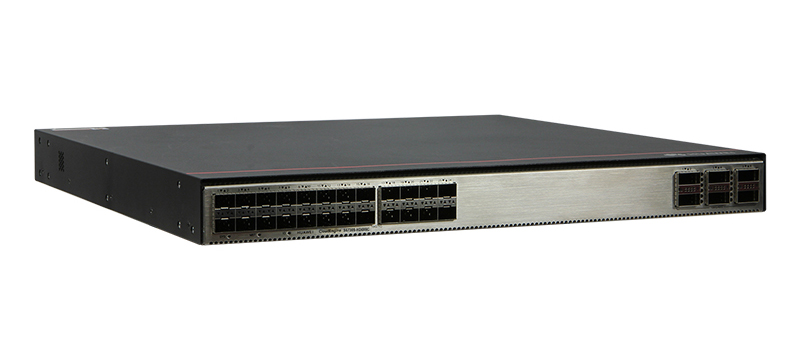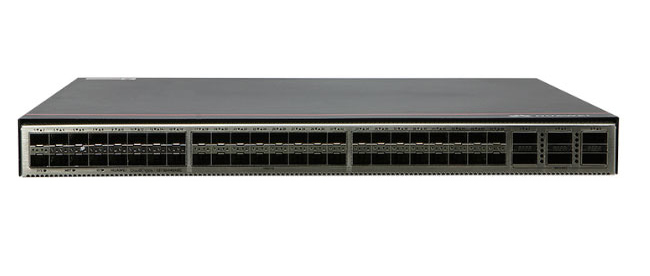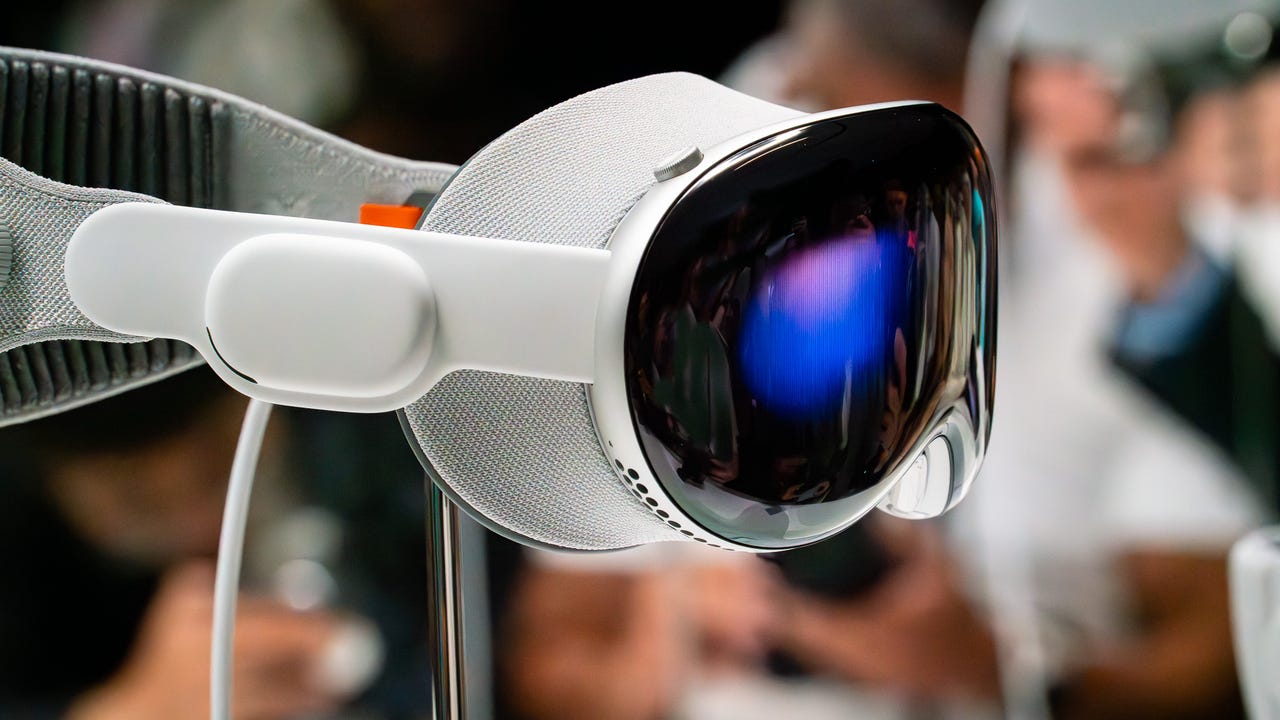
































Last week, The Information reported that Apple suspended work on the second-generation Vision Pro to prioritize creating a more budget-friendly version with fewer features, possibly targeting consumers rather than enterprises.
I talked to Dr. Rolf Illenberger, CEO of VRdirect, a Munich-based company specializing in enterprise VR software, to understand what it will take for Apple's Vision Pro to succeed in the business sector.
Also: Apple Vision Pro FAQ: Price, features, hands-on insights, and everything you need to know
Here are the essential upgrades Apple needs to make to ensure the Vision Pro becomes an indispensable enterprise tool.
So, is the Vision Pro an AR or a VR device? Dr. Illenberger notes, "Apple was selling the device as an AR device, while, in fact, technologically speaking, it's a VR device. That tells you a lot about Apple's vision about the technology's current capabilities."
This disparity between Apple's marketing and the device's actual capabilities is problematic. Businesses investing in Vision Pro may anticipate a fully developed AR experience but could find that the device's VR-centric capabilities do not align with their needs. This could impact adoption rates, especially among enterprises seeking AR solutions for applications such as real-time remote assistance, AR-enhanced training, or interactive AR presentations.
Dr. Illenberger emphasizes this concern: "As of today, we do not have killer use cases for B2C. The problem for Apple, or everyone in the VR industry, is you cannot dictate the killer application. The device itself is not compelling for B2C users, but as a signal, it was extremely important to everyone in the industry."
To drive adoption, businesses must see clear, compelling AR applications that justify their investment. Apple must align the Vision Pro's capabilities with these expectations and invest in marketing and education to showcase its potential. This includes case studies, demonstrations, and pilot programs that highlight successful implementations of the device in real-world scenarios.
Dr. Illenberger suggests, "Educating potential users about the practical benefits and showcasing successful case studies will be key to driving adoption in the business sector."
Apple must effectively present the value of Vision Pro by showcasing real-world applications and demonstrating how the product has made a tangible impact in a business environment.
Apple's introduction of new business APIs for Vision Pro in visionOS 2, particularly those targeting machine learning (ML) applications, is a significant step forward. These APIs enable on-device processing from the headset's sensors, facilitating advanced multimodal interactions.
Imagine an aircraft mechanic using a Vision Pro to inspect an engine and receiving real-time feedback on potential issues, such as damaged jet engine blades that need replacement. Dr. Illenberger states, "The ability to process information from sensors in real-time and provide actionable feedback is crucial for applications in fields like engineering and medicine, where accuracy and immediacy are paramount."
The Vision Pro requires industry-specific applications to target the business sector effectively, and developers should use the new ML APIs to create solutions that tackle real-world problems. For example, the Vision Pro could transform diagnostics in the medical field, enabling doctors to interpret complex medical data better. The capability to convert 2D photos into spatial photos in visionOS 2 can be especially valuable for creating detailed visualizations and presentations.
Also: Apple Vision Pro review: Fascinating, flawed, and needs to fix 5 things
"The success of Vision Pro in business environments will depend on the development of industry-specific applications," Dr. Illenberger emphasizes. "Applications that solve real-world problems and offer tangible benefits will encourage adoption."
For large-scale enterprise adoption, the Vision Pro must support robust device management capabilities. This includes features like Mobile Device Management (MDM), allowing IT departments to centrally deploy, manage, and secure multiple devices. Without these capabilities, businesses will struggle to integrate Vision Pro into their infrastructure. Apple's ecosystem must evolve to include these management features.
Also: 5 businesses proving the Apple Vision Pro is breathing new life into the enterprise
Dr. Illenberger emphasizes, "Enterprises need tools to manage and secure devices at scale. Without robust device management, integration into business environments will be challenging."
The enterprise world thrives on efficiency and control, and without these, the Vision Pro is just another shiny gadget. Imagine a hospital setting where multiple doctors need to use the same device seamlessly -- robust device management is non-negotiable.
While the Vision Pro's$3,500 price tag is hefty, it's not unprecedented in enterprise VR headsets, where prices can exceed$10,000 for specialized applications. For the Vision Pro to be considered viable, Apple must offer competitive pricing models for bulk purchases and enterprise deployments. Volume discounts or enterprise leasing options could make it more accessible.
Also: The best VR headsets right now (and how Apple Vision Pro stacks up)
"The price is not the primary barrier in the enterprise sector," Dr. Illenberger points out. "It's about demonstrating value and offering pricing models that make large-scale deployments feasible."
Apple, take note: Show the value, and enterprises will follow. If a company can see a clear ROI, the upfront cost becomes less of a hurdle. Think about industries like automotive or aerospace, where the cost of a single mistake far outweighs the price of a VR headset.
To fully exploit the Vision Pro's potential, developers need unrestricted access to its sensor data. Some restricted capabilities limit the device's use in high-stakes environments such as pilot training or surgical simulations. By providing full access to sensor data, Apple can enable developers to create highly specialized applications that meet the demands of various professional fields.
Also: Apple is reportedly working on AR glasses and a cheaper Vision headset
"For high-stakes applications, developers need full access to the device's capabilities," says Dr. Illenberger. "Restrictions on sensor data limit the potential uses of Vision Pro in critical environments."
In other words, let the device breathe and watch it soar in diverse applications. Imagine surgeons practicing complex procedures in a risk-free virtual environment, honing their skills before touching a real patient.
The Vision Pro's hardware is impressive, but there's always room for improvement. The device may need more powerful chips and longer battery life for demanding enterprise applications, such as detailed engineering inspections or extensive medical diagnostics. It's important to ensure that the Vision Pro can handle intensive tasks without frequent recharging, making it more reliable and practical for business use.
Also: Apple is reportedly looking to give the Vision Pro 'respiration tracking'
The Vision Pro should seamlessly integrate with cloud and edge computing resources to support the advanced processing requirements of AI and ML applications. This integration will offload processing tasks from the device to more powerful remote servers, enhancing performance and reducing the on-device computational load. Such a setup is vital for achieving the real-time, data-intensive capabilities that many business applications require.
Dr. Illenberger comments, "Moving processing power to the cloud is essential for handling the data-intensive tasks that businesses require. This shift will enable more complex and capable applications."
The future of immersive technologies also hinges on robust connectivity. The Vision Pro should support the latest wireless technologies, including 5G and Wi-Fi 7, to ensure seamless data transmission and low latency. This is particularly important for applications that depend on real-time data processing and interaction, such as remote collaboration and AR maintenance.
Also: Forget Vision Pro: You can experience spatial video on XR glasses for just$199
These developments are not solely in Apple's hands. We need faster and more reliable networks to deploy advanced AR and VR applications, including faster wireless technologies, high-speed broadband, and cloud and edge infrastructure in Apple data centers and regional partner facilities.
Dr. Illenberger remarks, "The deployment of robust network infrastructure is crucial for the future of AR and VR technologies. Without it, the full potential of devices like Vision Pro cannot be realized."
For Vision Pro to succeed in business, Apple must provide user-friendly developer tools and comprehensive support. This includes detailed documentation, sample code, and a responsive developer community. By making it easier for developers to create and deploy applications, Apple can accelerate the adoption of Vision Pro in various industries.
"Developers need the right tools and support to create applications that will drive adoption in business," says Dr. Illenberger. "User-friendly tools and strong community support are essential."
Also: Agog co-founders make a big bet on the social benefits of AR, VR, and XR
The easier Apple makes supporting the Vision Pro for developers, the faster we'll see a proliferation of applications that make it indispensable in the business world. Unfortunately, Apple's traditional closed ecosystem may not align well with what businesses and vertical market software developers need. If Apple is too restrictive on what can be allowed in its app store for visionOS, it could stifle innovation. Every device capability needs to be transparent and accessible to the developer, not just functions that Apple cherry-picks.
"You need to have access to the device's full capabilities," says Dr. Illenberger. "If Apple remains too restrictive, it will limit the device's potential and deter developers."
With the enhancements brought by visionOS 2 and the critical upgrades outlined above, the Apple Vision Pro could become an indispensable tool for enterprises across industries. Apple can position Vision Pro as a leader in the business VR market, driving innovation and productivity in the workplace.
Also: Stanford's VR breakthrough could spell the end of clunky headsets - thanks to AI
As Dr. Illenberger aptly puts it, "Enterprises need tools that fit into their current workflows and open new avenues for innovation. The Vision Pro, with the right support and development, could be that tool."
 Tags quentes :
Tecnologia
Tags quentes :
Tecnologia